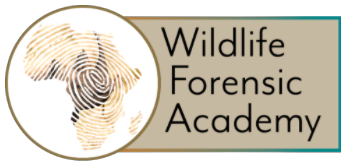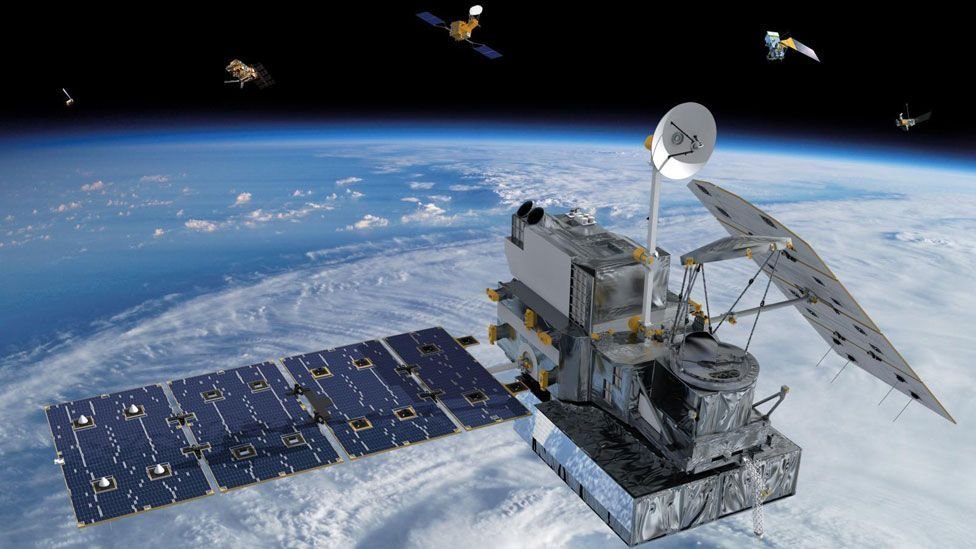WFA Training as part of Nature FIRST Project
Data and technologies for the inventory, fast identification and monitoring of endangered wildlife and other species groups
The EU Biodiversity Strategy contains concrete objectives to protect and restore biodiversity and to address the main pressures and threats to biodiversity. In order to reach them, basic research is required to better understand, monitor, observe and manage biodiversity, including in protected areas. Such knowledge is also indispensable to support the protection and restoration of natural capital and ecosystems.
Scope:
Develop, test and implement enabling tools, technologies and fast identification methodologies to produce and integrate data, knowledge and models on the conservation status of species and habitats, with a focus on those covered by the Birds and Habitats Directives.
Contribute to the development of an integrated European biodiversity monitoring system.
Topics:
Systemic, integrated and (open-)standardised data, knowledge and models on the conservation status and ecological requirements of species and habitats.
Taxonomic and monitoring gaps are bridged by new enabling tools, technologies, fast identification methodologies and integrated monitoring systems across Europe on wildlife species to identify biodiversity threats.
Models upscaling results of biodiversity assessments to wider areas.
Integrative taxonomy to inventory pollinator species, soil fauna and/or other threatened species groups.
Technology
Satellite-based earth observation, positioning, navigation and/or related timing data and services with the use of Copernicus and/or Galileo/EGNOS (+other data and services).
Activities
Develop and implement enabling tools on biodiversity.
Contribute to the European biodiversity monitoring system.
Contact


